The Spicy Secret Behind Mexican Mole Sauce: A Flavorful Journey Through History!
Table of Contents
- A Sauce Like No Other
- From Aztecs to Altars: The Origins of Mole
- Mole Varieties: More Than Just One Sauce
- The Spice Lineup: Key Ingredients in Mole Sauce
- How to Make Mole at Home: Tips & Tricks
- Buying Guide: Ready-Made Mole for Every Kitchen
- Pairing Perfection: What Goes With Mole?
- Modern Twists: Fusion Mole in Today’s Cuisine
- Conclusion: A Taste of Tradition and Innovation
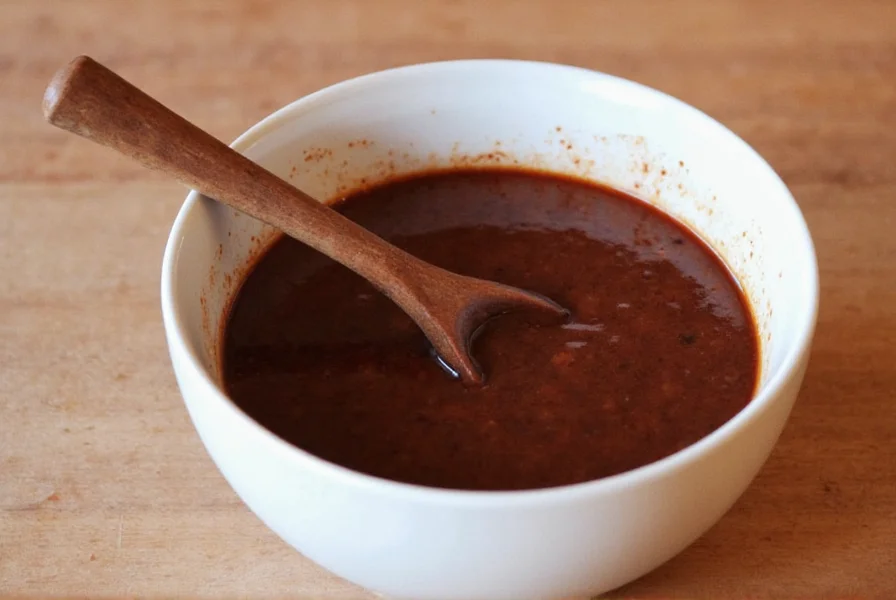
A Sauce Like No Other
Mole sauce isn’t just any condiment — it’s a cultural icon, a flavor-packed masterpiece, and the pride of Mexican cuisine. Known for its deep, layered taste that combines sweet, spicy, savory, and nutty notes, mole (pronounced MOH-lay) is much more than a side dish. It’s a symbol of celebration, tradition, and heritage.
In this article, we’ll take you on a journey through time and taste, uncovering the fascinating history behind Mexican mole sauce, exploring its many varieties, and sharing practical tips on how to enjoy it in your own kitchen. Whether you're a seasoned foodie or a curious beginner, there's something here for everyone who loves bold flavors and global spice traditions.
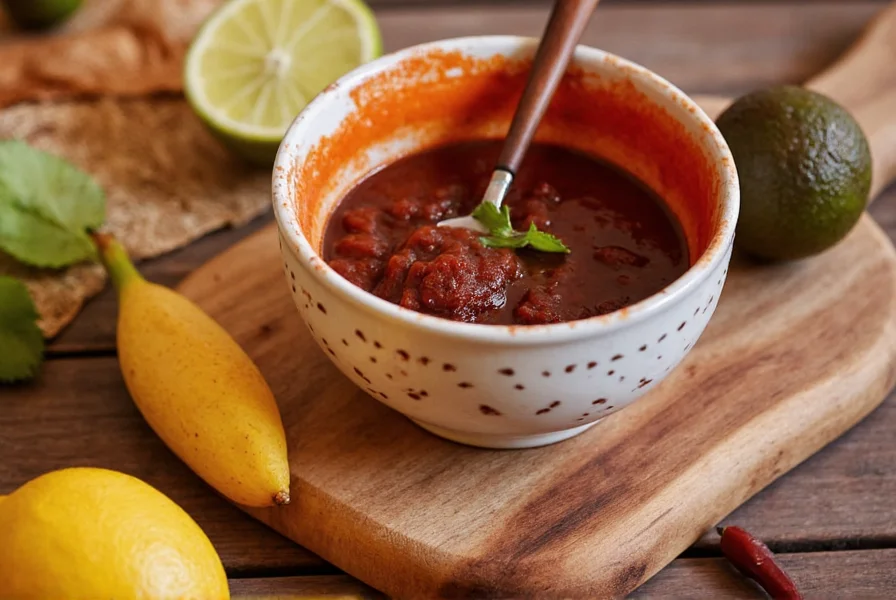
From Aztecs to Altars: The Origins of Mole
Mole has roots that stretch back long before Mexico became a nation. Long before Spanish colonization, the indigenous peoples of Mesoamerica were already creating early forms of mole-like sauces using native ingredients like chili peppers, tomatoes, and ground seeds.
According to historical records and oral traditions, one of the most famous stories of mole's creation comes from 17th-century Oaxaca. Legend has it that nuns at the Convent of Santa Rosa were preparing for a visit by a high-ranking bishop and had little time to create a special meal. In a rush, they combined what they had — chocolate, chilies, nuts, bread, and spices — into a thick sauce and poured it over turkey. The result was delicious, and thus, mole poblano was born.
Today, mole remains a staple during festive occasions such as weddings, birthdays, and especially Día de los Muertos (Day of the Dead), where it is often placed on altars as an offering to ancestors. Its significance extends far beyond taste; it’s a way of honoring history, community, and identity.
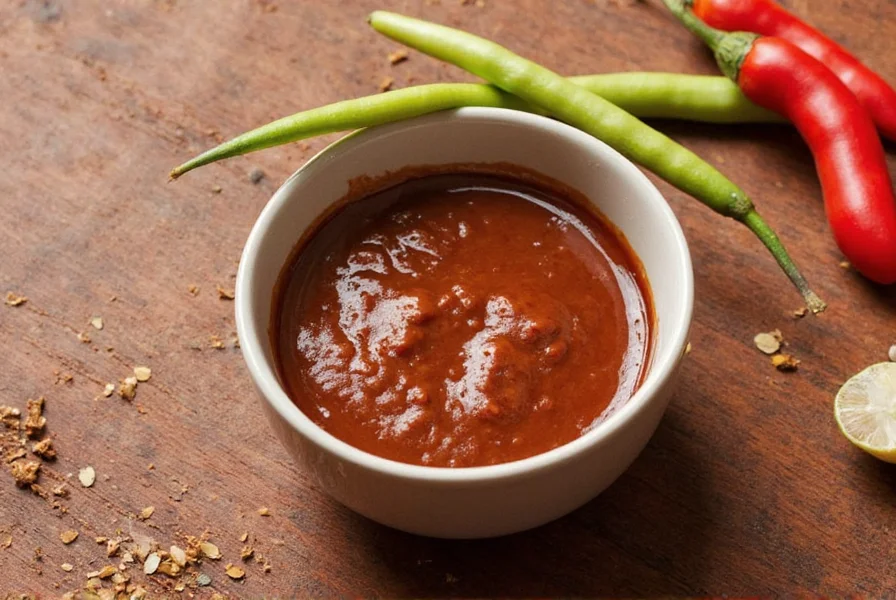
Mole Varieties: More Than Just One Sauce
If you think all mole tastes the same, think again! Across Mexico, different regions have developed their own distinct versions of mole, each with unique flavor profiles, ingredients, and preparation methods. Here's a quick breakdown:
| Type of Mole | Region | Key Ingredients | Taste Profile |
|---|---|---|---|
| Mole Poblano | Puebla | Chocolate, mulato and pasilla chilies, almonds, sesame seeds | Rich, smoky, slightly sweet with heat |
| Mole Negro | Oaxaca | Charred chilies, plantains, chocolate, spices | Dark, intensely smoky, slightly bitter with sweetness |
| Mole Verde | Oaxaca / Central Mexico | Tomatillos, green chilies, pumpkin seeds, herbs | Fresh, tangy, herbaceous |
| Mole Amarillo | Oaxaca | Yellow chilies, garlic, tomatoes | Mildly spicy, bright, slightly fruity |
| Mole Manchamanteles | Oaxaca | Pineapple, raisins, peanuts, dried chilies | Sweet, tropical, exotic |
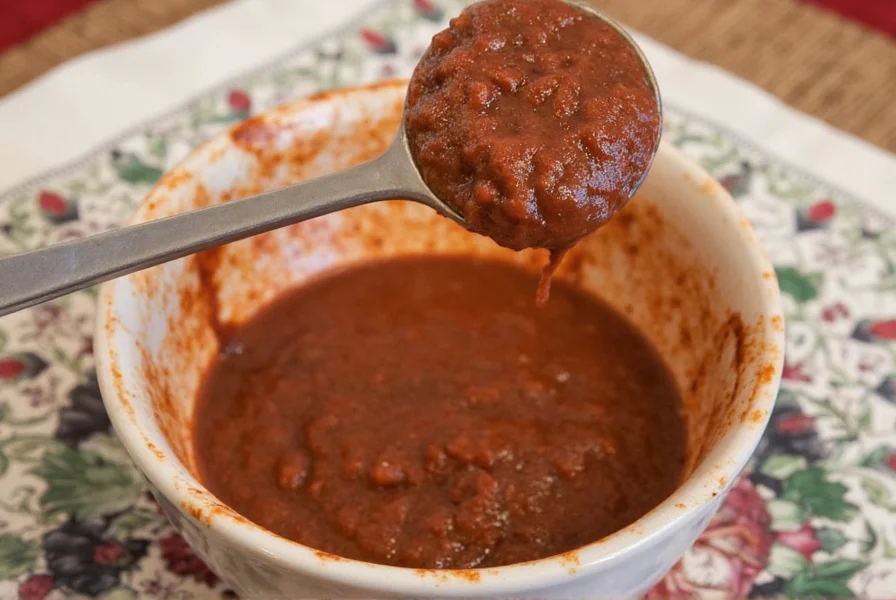
The Spice Lineup: Key Ingredients in Mole Sauce
One of the reasons mole is so special is its incredible complexity. It can include anywhere from 20 to 30 ingredients — yes, really! Here are some of the most essential components:
- Dried Chilies: Ancho, pasilla, mulato, and guajillo are commonly used for their deep flavor and varying levels of heat.
- Spices: Cinnamon, cloves, cumin, and peppercorns add warmth and depth.
- Nuts and Seeds: Almonds, walnuts, sesame seeds, and pumpkin seeds contribute richness and texture.
- Bread or Tortillas: Often added to thicken the sauce and give it body.
- Chocolate: Found primarily in darker moles like mole negro and mole poblano. It balances the chilies’ heat with subtle sweetness.
- Tomatoes or Tomatillos: Used to add acidity and brightness.
Each ingredient plays a crucial role, and the balance between them is key. That’s why making mole from scratch is considered a labor of love — but also incredibly rewarding!
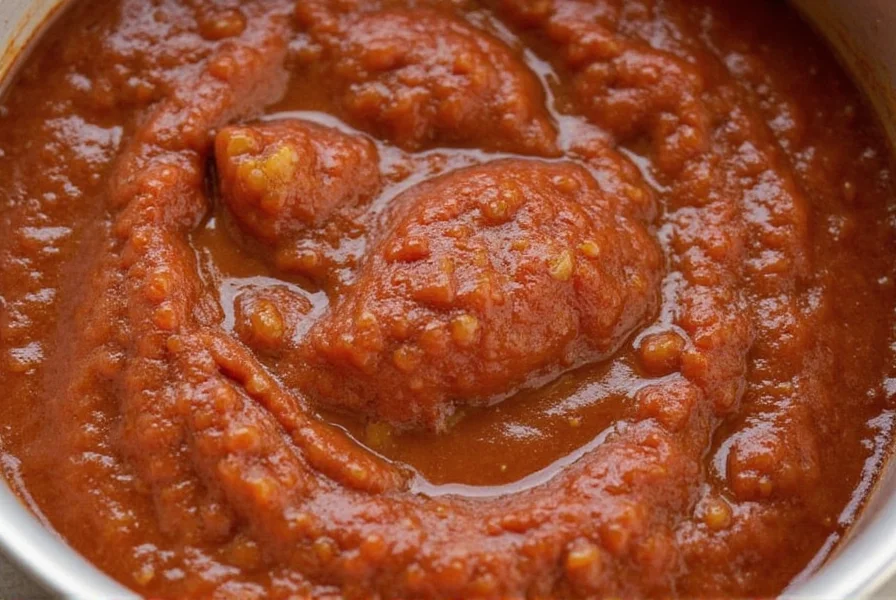
How to Make Mole at Home: Tips & Tricks
While making mole from scratch may seem intimidating, it’s totally doable if you break it down step by step. Here’s a simple guide to help you get started:
- Roast Your Ingredients: Toast chilies, spices, nuts, and seeds in a dry skillet until fragrant. This enhances their flavors significantly.
- Hydrate the Chilies: Remove stems and seeds, then soak dried chilies in hot water until softened. Drain and blend with other solids.
- Build Layers of Flavor: Cook onions and garlic first, then add blended ingredients and stir constantly to avoid burning.
- Simmer Low and Slow: Let the sauce simmer gently for at least an hour, stirring occasionally and adding broth or water to adjust consistency.
- Taste and Adjust: Add salt, sugar, or vinegar to balance flavors. Don’t be afraid to tweak it to your liking!
Pro Tip: If you’re short on time, try making smaller batches using pre-ground spices and rehydrated chilies. You can even freeze portions for future use.
Buying Guide: Ready-Made Mole for Every Kitchen
Not everyone has time to grind their own spices and simmer mole for hours. Luckily, there are excellent ready-made options available in stores and online. Here’s what to look for when choosing a quality product:
| Product | Features | Best For | Use Case |
|---|---|---|---|
| La Costeña Mole Poblano Paste | Smooth texture, balanced flavor, easy to dilute | Home cooks looking for convenience without sacrificing taste | Ideal for enchiladas, tacos, and chicken dishes |
| Dona Maria Mole Sauce | Ready-to-use bottled sauce, mild heat level | Beginners or last-minute meals | Perfect over rice or as a base for casseroles |
| MexGrocer Artisanal Mole Negro | Traditional Oaxacan recipe, deep smoky flavor | Cooking enthusiasts wanting authentic experience | Great for tamales or holiday roasts |
| Goya Mole | Widely available, budget-friendly | Everyday meals, family dinners | Works well with shredded pork or grilled vegetables |
When buying, check the ingredient list — fewer additives mean better quality. And don’t forget to read reviews or ask for recommendations at specialty markets!
Pairing Perfection: What Goes With Mole?
Mole is incredibly versatile, but certain pairings elevate its complex flavors. Here are some classic combinations:
- Chicken or Turkey: The traditional choice, especially during celebrations.
- Rice: Plain white rice serves as the perfect canvas for soaking up the sauce.
- Warm Tortillas: Use them to scoop or wrap your mole-infused bites.
- Plantains: Their natural sweetness complements the spiced sauce beautifully.
- Eggs: Try it in breakfast dishes like huevos rancheros or mole scrambled eggs.
Want to impress guests? Serve mole with a side of refried beans and warm tortillas for a full, soul-satisfying plate.
Modern Twists: Fusion Mole in Today’s Cuisine
As global palates evolve, chefs around the world are experimenting with mole in creative ways. Here are a few contemporary takes:
- Mole Pizza: Drizzle over pizza crust with roasted chicken, goat cheese, and caramelized onions.
- Mole Tacos: Combine with slow-braised beef, pickled jalapeños, and avocado crema.
- Mole Pasta: Mix with cooked pasta and top with Parmesan and toasted pepitas.
- Mole Smoothies: Yes, really! Some cafes now offer mole-flavored smoothies using cocoa and spices.
These innovative uses show how mole can adapt while still maintaining its essence — a true testament to its enduring appeal.
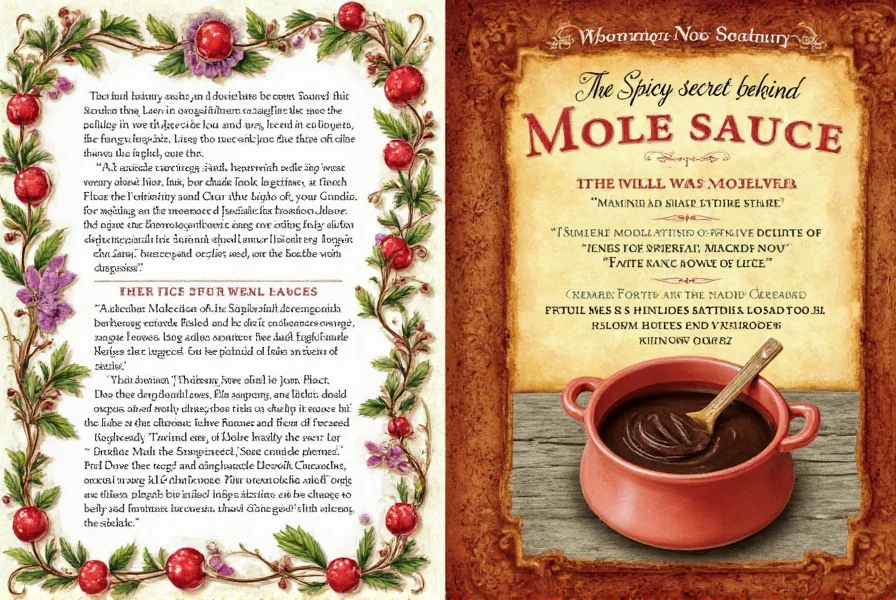
Conclusion: A Taste of Tradition and Innovation
Mole sauce is more than just food — it’s history, culture, and passion served on a plate. From its ancient roots in indigenous kitchens to its modern presence in gourmet restaurants and fusion menus, mole continues to captivate hearts and taste buds across generations.
Whether you choose to make it from scratch or grab a jar from the shelf, mole offers an unforgettable flavor experience. So next time you find yourself craving something rich, spicy, and deeply satisfying, reach for mole — and savor every bite of its storied past.











 浙公网安备
33010002000092号
浙公网安备
33010002000092号 浙B2-20120091-4
浙B2-20120091-4